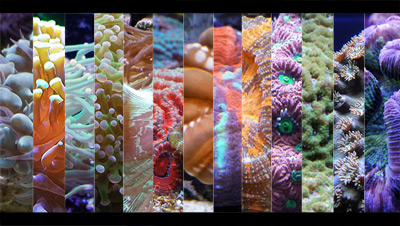
There are a number of beginner-friendly LPS coral species
Throughout my years as an aquarium enthusiast, I have followed advice from all the books I could get my hands on, since there were no other hobbyists with the same interest as I in my circle of friends growing up. My aquatic progression took the following path: 5-gallon slate & stainless-steel-framed fancy guppy tank from my grandfather…Goldfish won at the carnival…Betta bowl…10-gallon freshwater tropical tank…29-gallon cichlid-specific tanks (bred angelfish and convicts)…Brackish-water tank…55-gallon saltwater FOWLR tank…Saltwater FOWLR carnivorous tank…Saltwater soft corals & anemones…Saltwater large-polyp stony corals (LPS)…Saltwater small-polyp stony corals (SPS)
The reason I went through all these stages was the lack of technology and information that exist today. I could not keep any corals well back in the 1980s because the efficiency of the power protein skimmer did not exist (still used wooden airstones), the lighting was still just T12 fluorescents, and the filtration was not very good at exporting nutrients (canister filters, undergravel filters, wet/dry trickle filters). If you did not do regular water changes, chances are the livestock would all eventually die. The carnivorous fish were the easiest to keep while the omnivores tended to die out due to malnutrition because the foods available at the time didn’t provide adequate nutrition.
These days, with the help of current technologies, you can more or less jump straight to any stage without the experience of prior stages. Thanks to the vast experiential knowledge base accumulated by hobbyists around the world these last few decades, we now have references and starting points good enough to help just about anyone succeed with the correct coaching. The key is to do your research and consider the source of information from the standpoints of relevance and accuracy. Therefore, in this article, I’m going to jump right to the large-polyp stony corals MORE









0 Comments